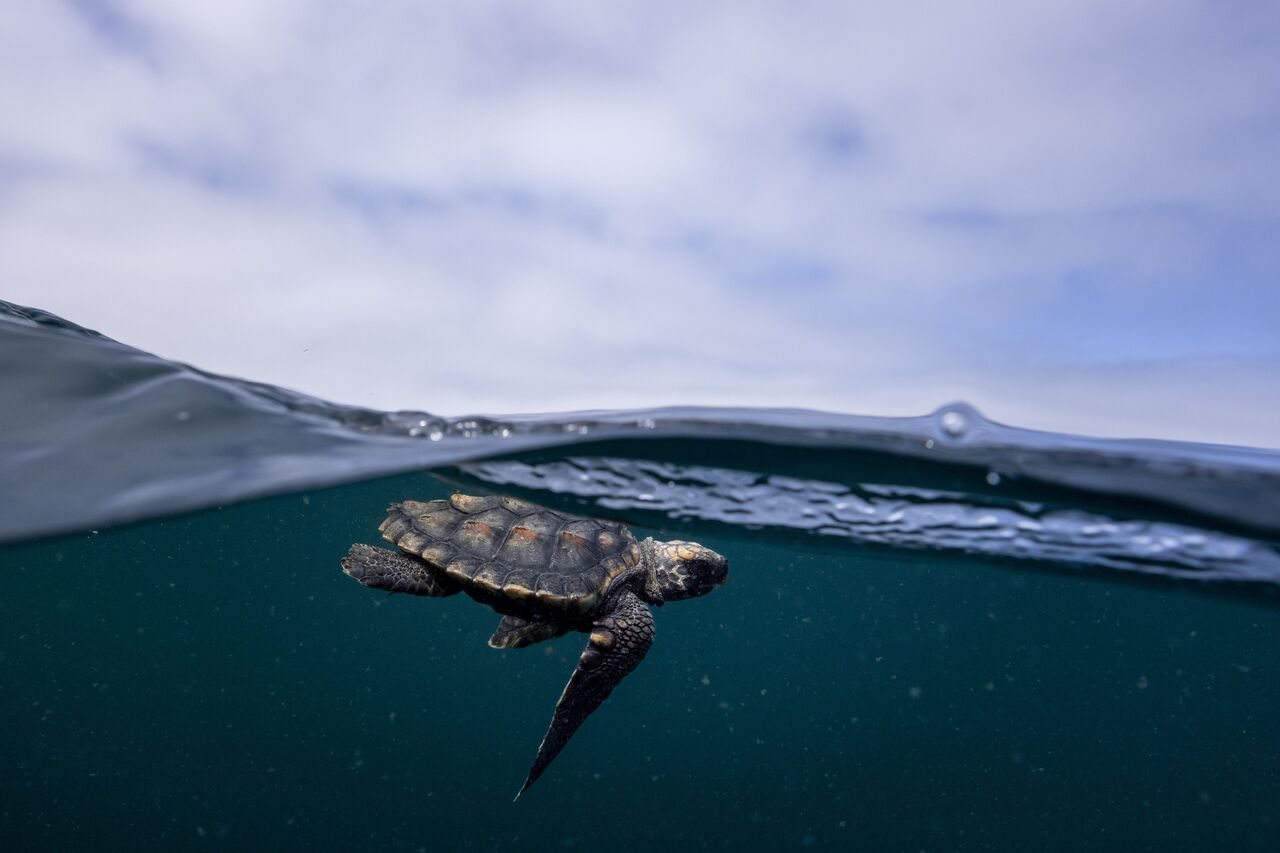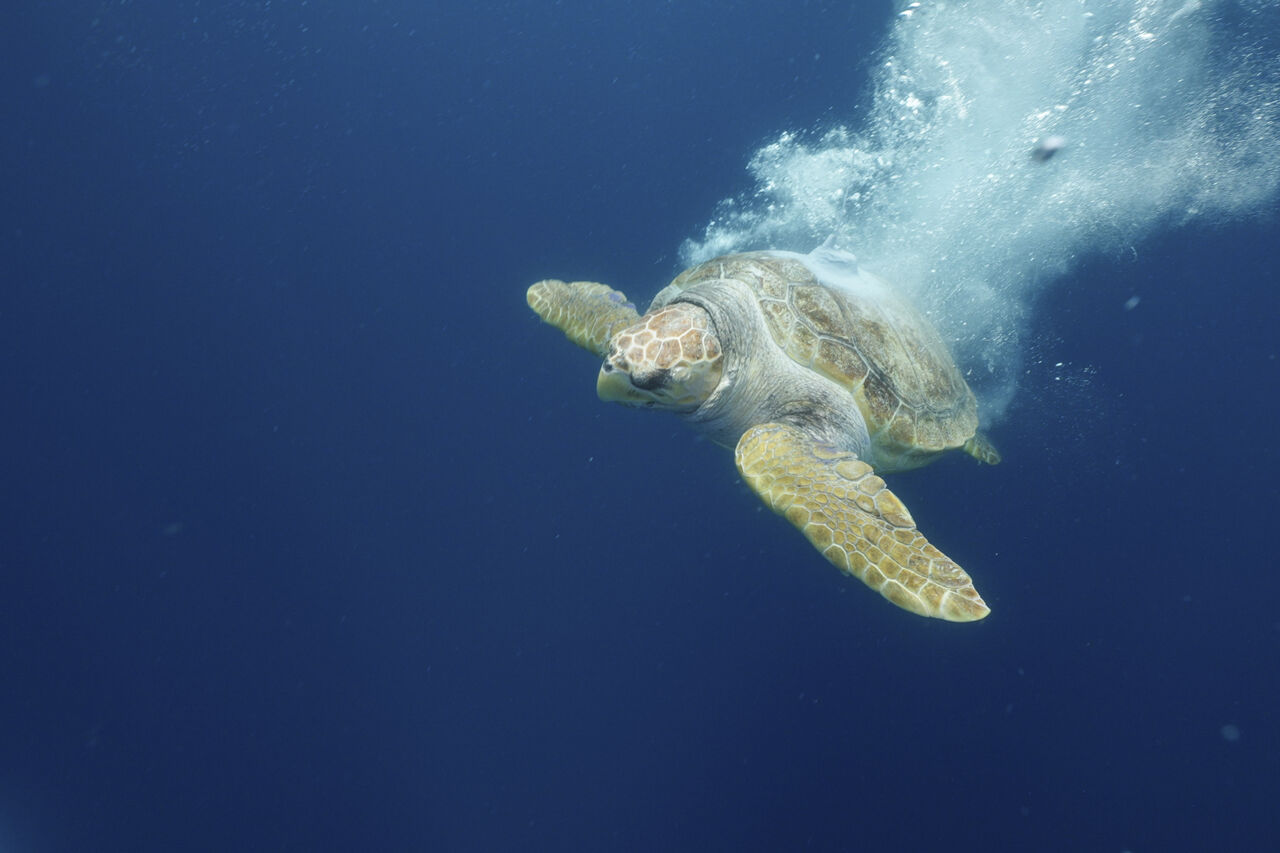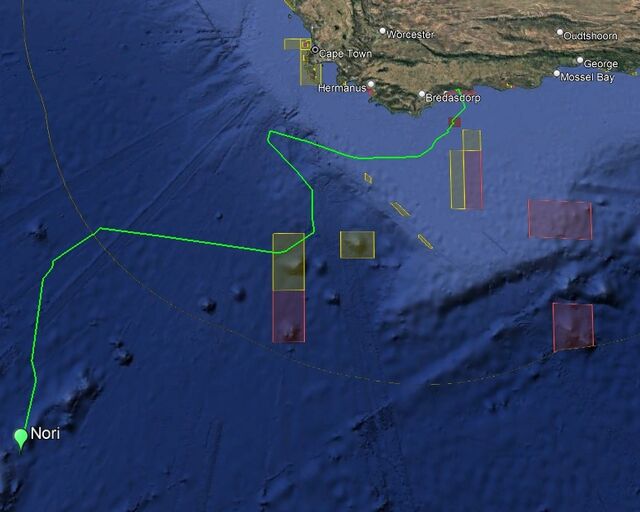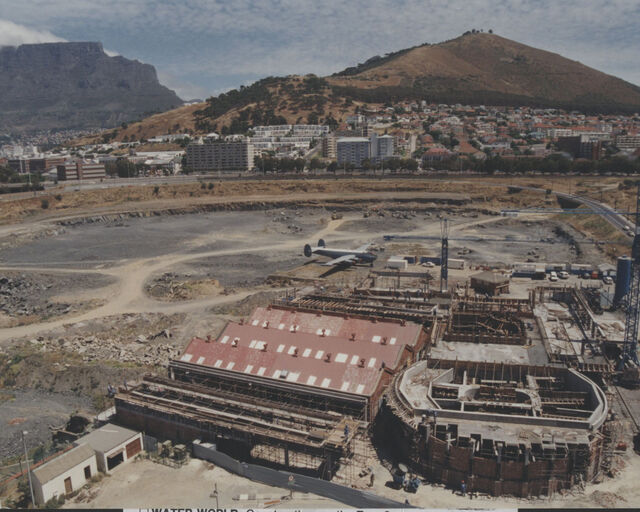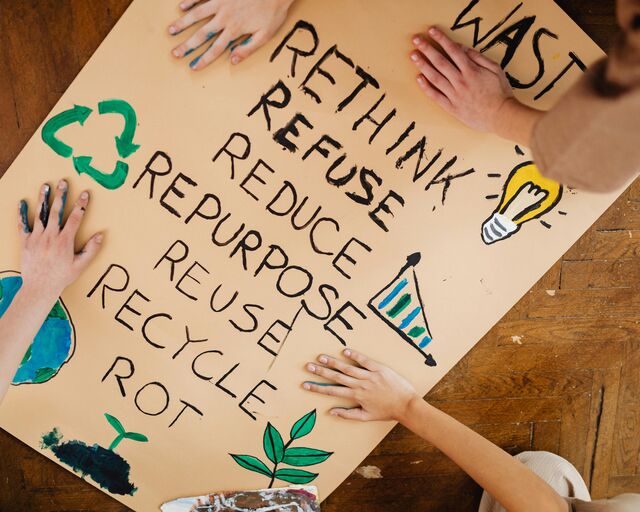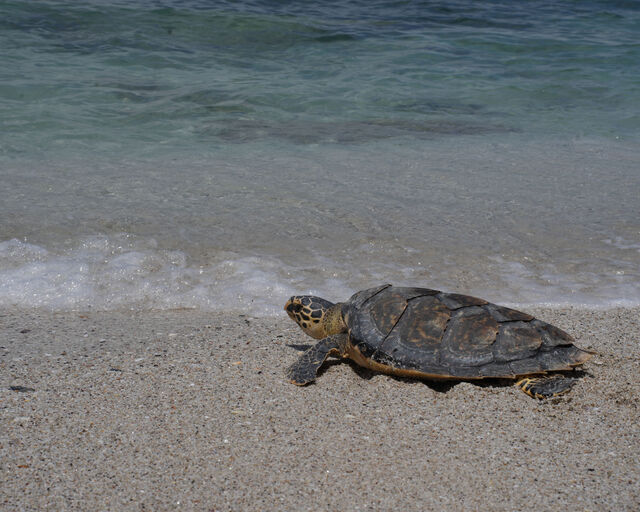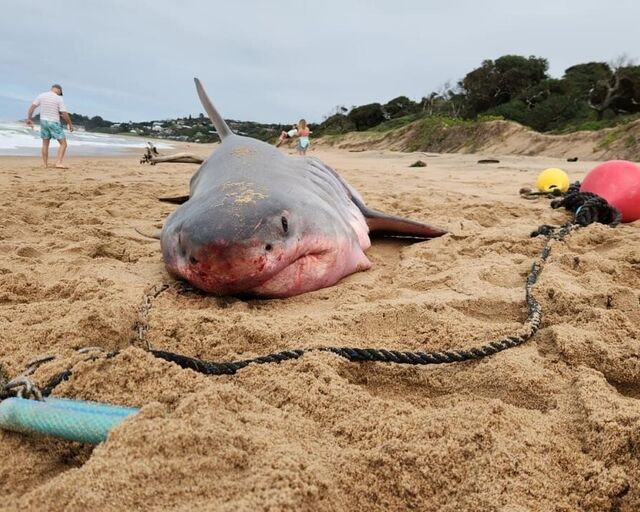How do marine protected areas impact turtles?
Our Marine Protected Areas (MPA) are extraordinarily diverse and home to myriad species that play a core role in South Africa’s ecosystems. The Two Oceans Aquarium Foundation’s Turtle Conservation Centre places great value on the existence of MPAs – these marine havens provide feeding, breeding, and nesting grounds for many turtle species.
Marine protected areas and turtles
Marine protected areas (MPAs) are essentially underwater nature reserves – they provide safe spaces for numerous species to breed and feed. This includes turtles.
Generally, MPAs are zoned into restricted (no-take) and controlled areas. This means that commercial activity is strictly regulated. As a result, species such as turtles thrive in these safe havens, where human activity has much less of an impact on the health of the ecosystem and its inhabitants.
The iSimangaliso MPA in northern KwaZulu-Natal is an example of the role MPAs play in the survival of turtle species. This MPA has long been a significant nesting site for loggerhead and leatherback turtles. In 1979, it was declared an MPA to protect the nesting females and the emerging hatchlings from predation by both animals and humans. This has provided an invaluable level of security for these endangered species.
De Hoop Marine Protected Area
Even before its proclamation in 1985, the De Hoop MPA had been recognised for its astounding biodiversity. The MPA is a lush oasis located on the southern Cape coast. Although relatively small, De Hoop MPA is home to an incredible array of species. Southern right whales visit the coastline to birth their calves, juvenile hammerhead sharks (along with huge flocks of Cape gannets) feed on anchovies, and the intertidal reefs are sanctuary to numerous surf-zone fish species like galjoen and blacktail.
Currently, De Hoop MPA is managed by Cape Nature as a completely restricted (no-take) area. It has become an important release site for the Turtle Conservation Centre, providing the rehabilitated turtles with the perfect environment to be reintroduced into the wild ocean.
In the last year alone, the Turtle Conservation Centre has released several turtles into the De Hoop MPA. The MPA holds considerable potential for turtle conservation, with aerial sightings of foraging turtles in the coastal seagrass beds, photos of these turtles spending time in the surf zone, and stranded turtles washing up in the shallows. De Hoop is clearly a hotspot for turtle activity, particularly in the juvenile life phase.
The first to enter the waters of this gorgeous MPA were green turtles Zelena and Amigo in May 2023. Later that same month, green turtle Coral and hawksbill turtles Siriti and Amber followed. Finally, green turtle Bheni was released into the MPA with much cheering in December 2023. Bheni was the first satellite-tagged turtle to be released into the De Hoop MPA – an exciting achievement. Bheni has since made a beeline across the Indian Ocean and is currently near Reunion Island.
Table Mountain Marine Protected Area
Many Capetonians will be familiar with the expanse that is Table Mountain National Park (TMNP) MPA. Declared in 2004, the area supports a remarkable variety of marine species on either side of the Cape Peninsula. The False Bay and Atlantic sides of the MPA have markedly different water temperatures and, as a result, incredible diversity in species and ecosystems.
The MPA contains zones of restricted (no-take) and controlled areas, all of which are managed by South African National Parks. This large MPA is known for the Great African Kelp Forest, an impressive underwater forest home to many threatened and protected species, including African penguins, white sharks, and abalone. The abundant life and numerous wrecks within the MPA are huge drawcards for local and international tourists.
The TMNP MPA, where the warm Agulhas Current retroflects near Cape Point, is the perfect release site for the rescued loggerhead hatchlings our TCC team has rehabilitated. Turtles’ body temperature is highly dependent on the ambient temperature. As hatchlings, they are more likely to survive and thrive in warmer waters. Our team transports the turtles out to sea for roughly two hours before finding waters at temperatures of 21°C and higher. Once they’ve reached the warmer temperatures, the hatchlings are released back into their ocean home! As of 2024, the TCC has released hundreds of hatchlings into the TMNP MPA.
One of the Turtle Conservation Centre’s longer-term patients, loggerhead turtle Nobomvu, was recently released into TMNP MPA. Nobomvu was rescued in 2021, entangled in an enormous ghost fishing net weighing roughly 50kg. This weighty burden and the trauma involved in her stranding caused Nobomvu to develop osteomyelitis. She had a tough journey to recovery over her two-year stint in rehabilitation. Thankfully, in December 2023, Nobomvu was released off Cape Point with a cohort of loggerhead hatchlings! Since then, our team has been avidly following her satellite tag’s tracks.
Marine protected areas play a vital role in the survival of many species, including turtles. These marine sanctuaries hold unparalleled value for the future health of the ocean and its inhabitants.
Related News
Sign up to our Newsletter
Receive monthly news, online courses and conservation programmes.
